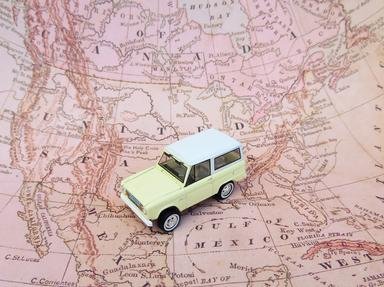Quiz Answer Key and Fun Facts
1. Utah is named after one of the original indigenous peoples of the area occupied by the state of Utah, the Ute tribe, meaning "People of the mountains". True or false?
2. All of the following events were significant points in Utah's history in the 19th century. Which occurred first?
3. After the first non-indigenous settlers were established in Utah, they wanted to be the centre of a really large proposed state but they had difficulty obtaining statehood. What was the name of the proposed state AND what was the main reason statehood was initially refused?
4. The Great Salt Lake, occupying most of northern Utah, is the largest saltwater lake in the Western Hemisphere. It has three major tributaries: Jordan, Weber, and Bear Rivers.
What is the lake's major outlet?
5. Salt Lake City is the only three word state capital in the US. However prior to Salt Lake City, Utah had a four word capital. True or false?
6. Only California and Alaska have more national parks than Utah. from the options below, which is the only option that contains three national parks from Utah?
7. Utah is the most religiously homogenous state. Over 90% of residents belong to the Church of Jesus Christ of Latter-day Saints. True or false?
8. On May 17, 2023, the Utah State Capitol raised its new flag (upper photo) for the first time. The new more graphical flag's features mapped back to the older flag (lower photo) in all aspects except for the red, indented stripe. What did this stripe *NOT* represent, according to the state of Utah?
9. Utah has laws regarding alcohol, tobacco, gambling and capital punishment that are stricter than the US national average. Which one of the following statements is FALSE?
10. Utah Fun Facts: To celebrate the diversity of Utah which of the following statements is *NOT* true?
Source: Author
1nn1
This quiz was reviewed by FunTrivia editor
agony before going online.
Any errors found in FunTrivia content are routinely corrected through our feedback system.

